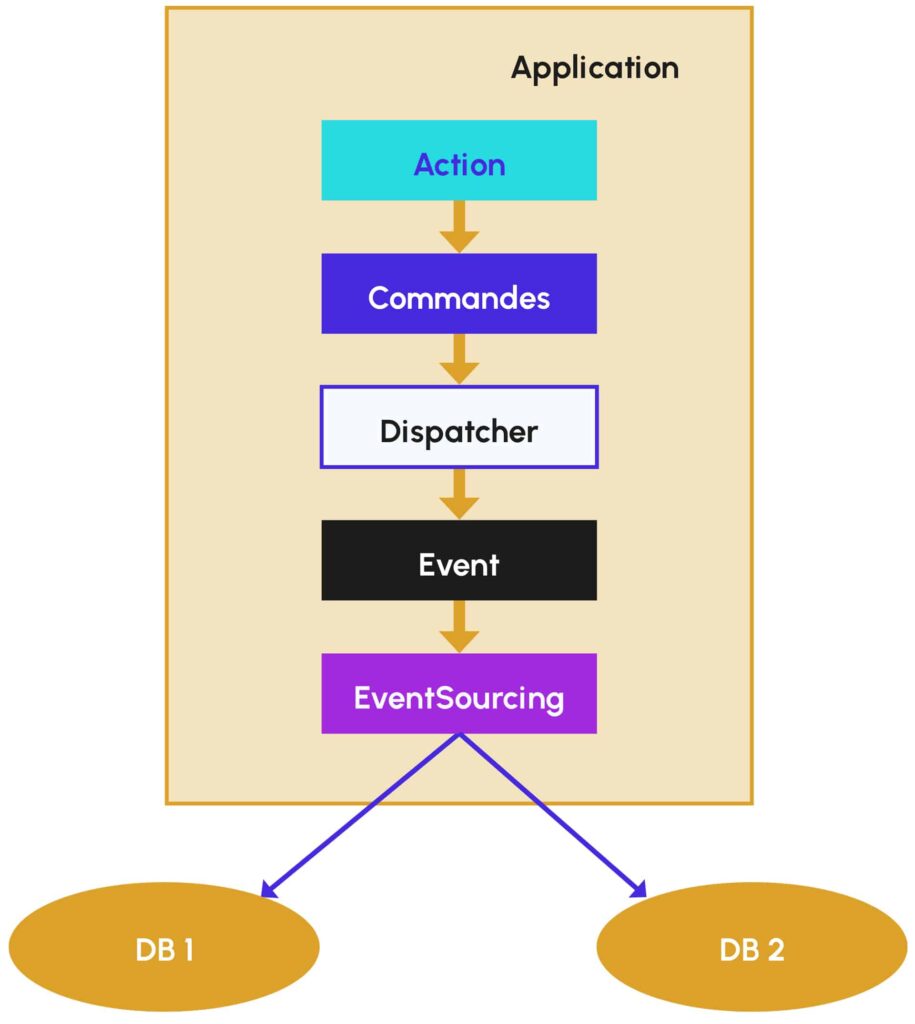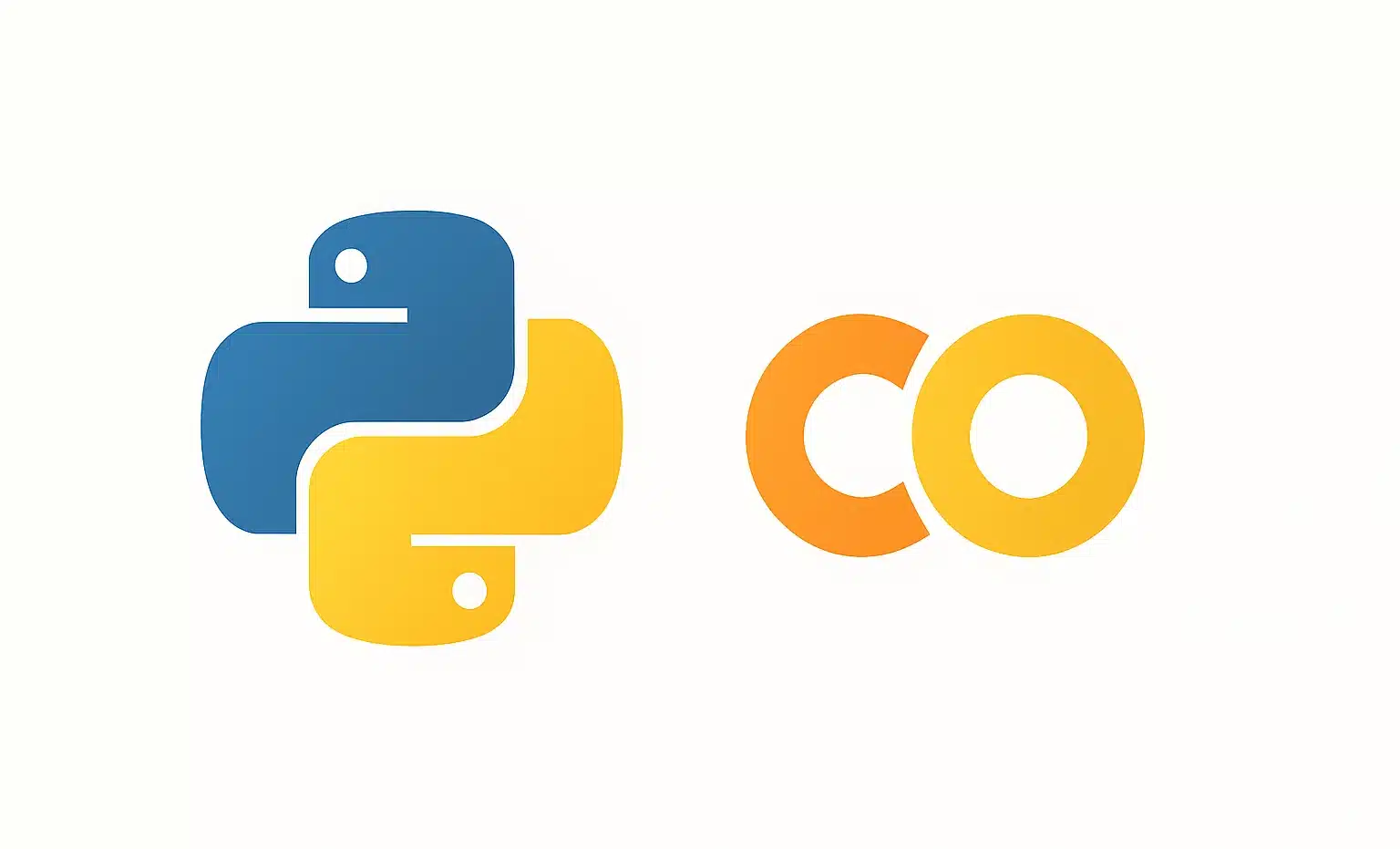Discover Event Sourcing, a modern architectural model that records all changes made to your data. It provides a structured approach that simplifies updates and the tracking of specific events within your applications.
What is Event Sourcing?
Event Sourcing is an architectural model that fundamentally alters how we store data.
Rather than merely capturing the current state of the data, it records each alteration as immutable events. Consider a bank account: instead of storing only the final balance, Event Sourcing records each deposit and withdrawal ever made.
These events form an immutable source of truth, akin to an accounting ledger that can only be appended to and never altered. This approach ensures complete traceability: every change is timestamped and preserved, allowing for a precise understanding of how the system attained its current state. Event Sourcing thus upholds data integrity while enabling the reconstruction of any past state of the system.
When to Use Event Sourcing?
Event Sourcing is particularly advantageous in systems where traceability and auditability are paramount. Relevant use cases include:
Use Case | Description |
Financial Applications | Each transaction is logged as an event, ensuring complete traceability and reliable audits. |
Order Management Systems | Order tracking is facilitated by recording events: creation, modification, validation, shipping, etc. |
Collaborative Applications | The history of changes enables the tracking of every action, which is essential for version control or shared editing tools. |
Complex Business Systems | Understanding data evolution becomes possible, aiding in the analysis of past decisions and optimization of business process modeling. |

What are the Advantages of Event Sourcing?
Event sourcing offers numerous and substantial benefits:
- Technically, it provides complete traceability, allowing for the reconstruction of the IT system’s state at any prior moment, thus significantly easing debugging and auditing. The immutable nature of the events ensures data integrity in accordance with the ACID approach and eliminates risks of corruption.
- From a business perspective, Event Sourcing enables in-depth analysis of user behaviors by Web Analytics Consultants, as each action is preserved chronologically. This temporal analysis capability is invaluable for understanding process evolution and making informed decisions.
- The architecture also enhances scalability and performance through efficient caching and load balancing. The clear separation between events and their interpretation facilitates system evolution: new features can be introduced by interpreting existing events differently without altering history.
- Event Sourcing naturally integrates with modern event-driven architectures and CQRS (Command Query Responsibility Segregation), providing a robust foundation for complex distributed systems.
How to Use Event Sourcing?
Implementing Event Sourcing requires a structured strategy:
- Start by identifying key events within your business domain, such as “Order Created” or “Payment Made.” These events should be immutable and contain all relevant data pertaining to the state change.
- Implement an Event Store to persist these events sequentially. Each event is given a unique identifier and a timestamp. The Event Store must ensure that events are stored in order and cannot be altered once recorded.
- Create Event Handlers that respond to events to update read views (projections). These projections transform the event stream into a format optimized for queries. For example, an “Account Balance” projection calculates the sum of transactions from debit and credit events.
- Establish a snapshot mechanism to optimize state reconstruction: instead of replaying all events, the system can commence from a snapshot and apply only the more recent events.
- Finally, incorporate an event versioning system to manage the evolution of their structure over time.

Practical Case: E-commerce Website
Consider managing an online shopping site. When a customer places an order, several events occur:
- Order Created: The customer added items to the cart and confirmed the purchase.
- Payment Confirmed: The payment is successfully processed.
- Order Shipped: The items are prepared and dispatched.
- Order Delivered: The customer receives the products.
Each event is documented in an Event Store. These events are immutable, meaning they cannot be altered after being recorded. To determine the status of an order, the application replays all events associated with that order to reconstruct its state.
For instance, if you wish to display the status of an order, the system reads the events and observes that the latest step is “Order Shipped.” This allows for precise monitoring of each order’s progress without losing any information.
Additionally, projections (optimized views) can be created, such as a dashboard showing the total number of orders shipped. This approach ensures total traceability of operations while allowing for flexible and responsive data management.
What are the Challenges of Event Sourcing?
Event Sourcing presents several technical and organizational challenges:
- Managing performance is a major challenge: replaying numerous events to reconstruct the current state can demand substantial resources. Implementing snapshots becomes crucial to optimizing performance.
- Designing events warrants careful deliberation: once defined, they are immutable and difficult to modify. Event schema evolution requires complex migration strategies to maintain compatibility with historical data.
- Storage also poses a significant challenge: every change generates a new event, leading to continuous growth in data volume. Managing this growth demands well-thought-out archiving and cleaning strategies.
- The increased complexity of the system can slow down development and increase the learning curve for new developers. Complex queries often necessitate dedicated projections, adding an extra layer of complexity to system maintenance.
- The eventual consistency inherent in event-based systems can complicate managing use cases that require immediate consistency.
Conclusion
Event sourcing is a powerful approach for managing systems that require traceability and precise change tracking. By recording every event immutably, it offers complete transparency of data evolution.
However, implementing event sourcing requires careful consideration. It can increase technical complexity, especially regarding infrastructure management, event storage, and versioning.










